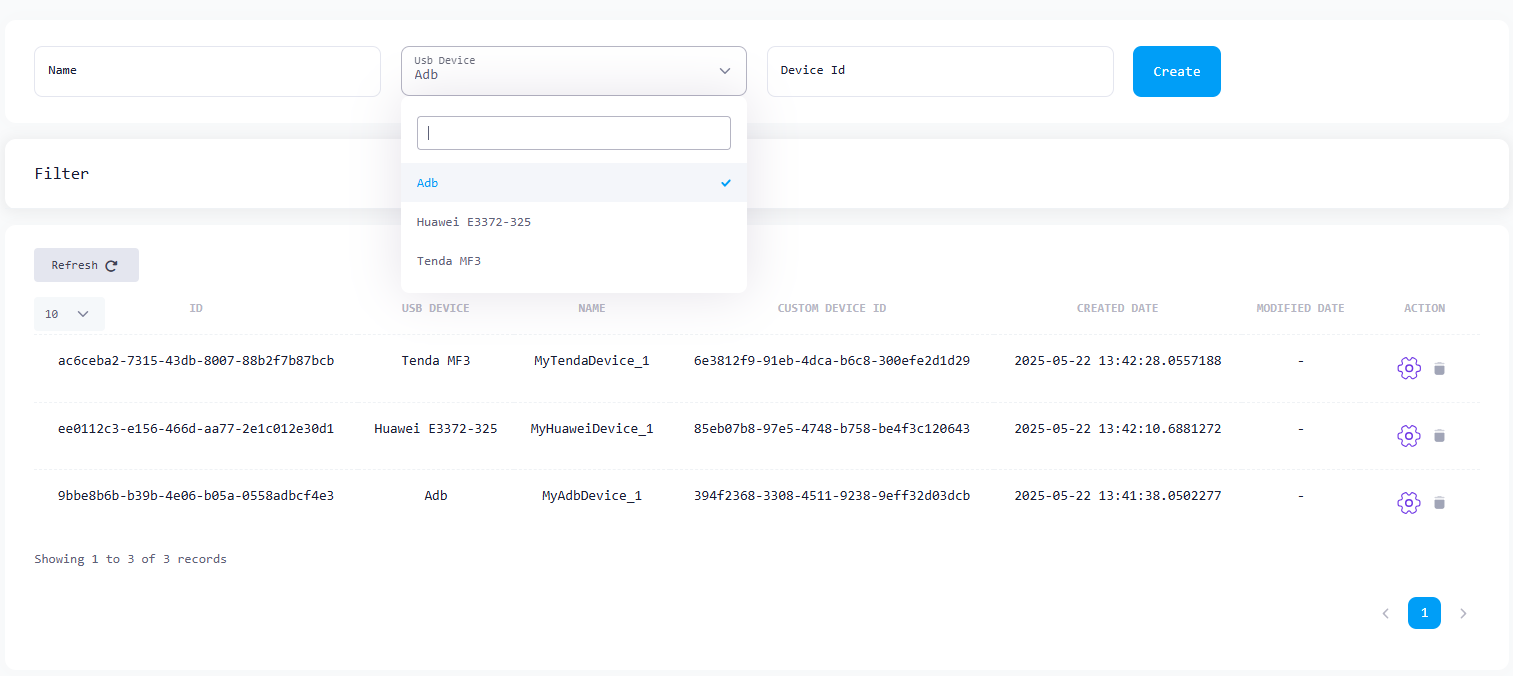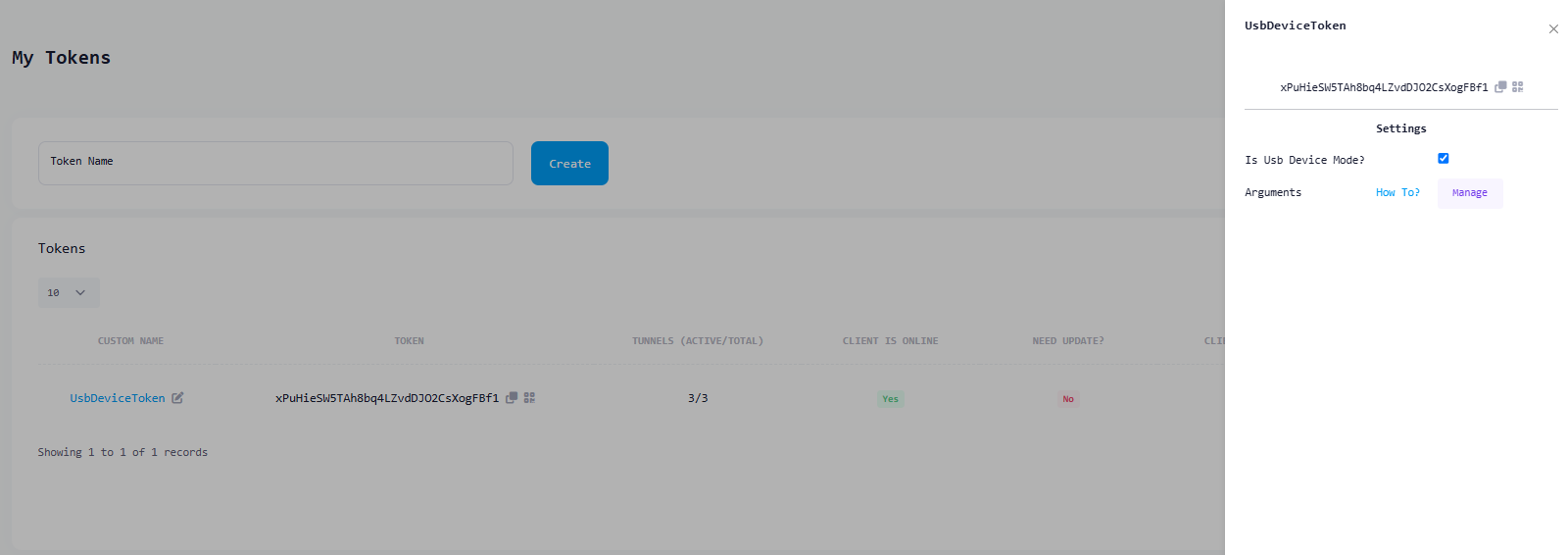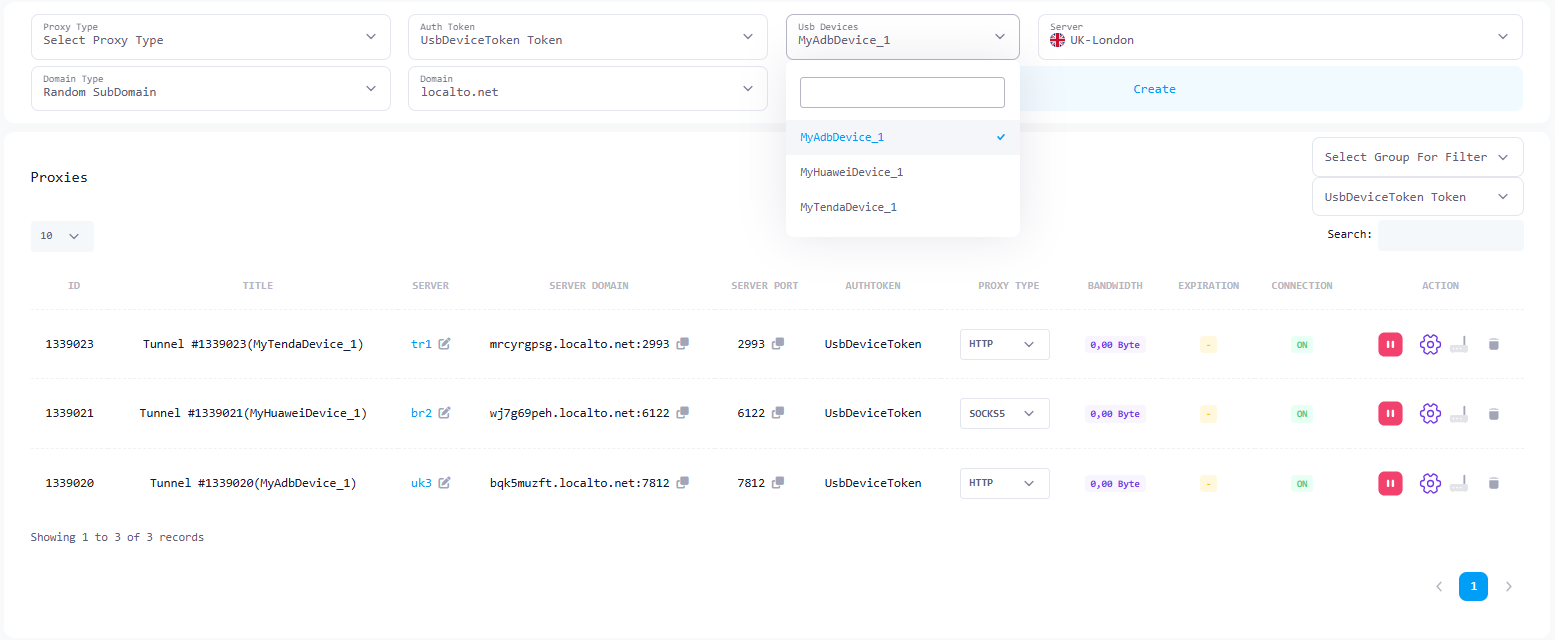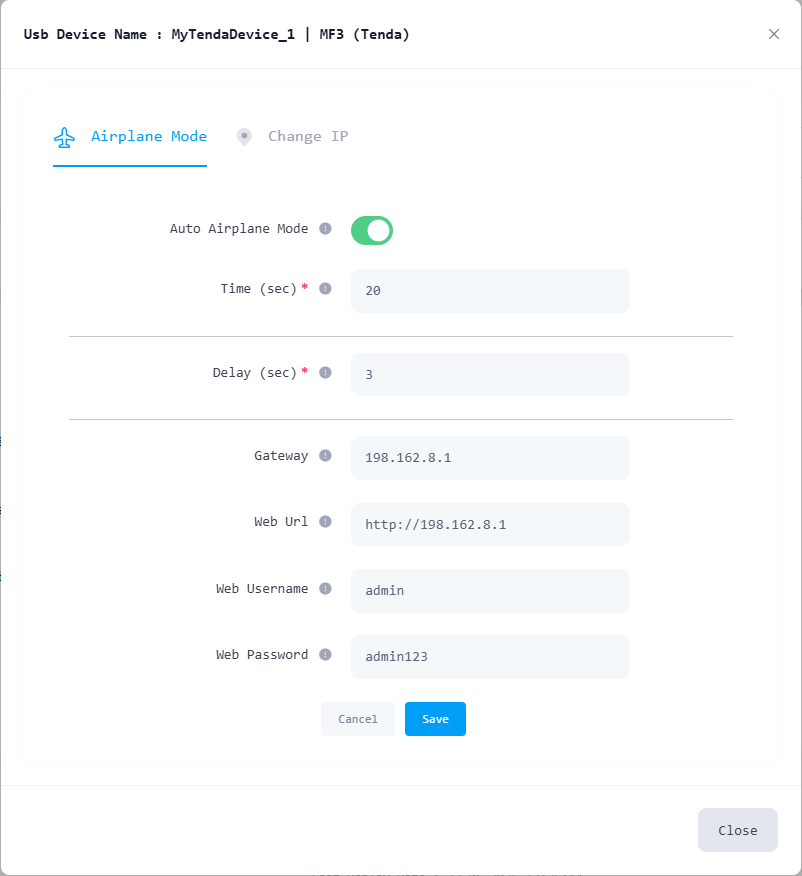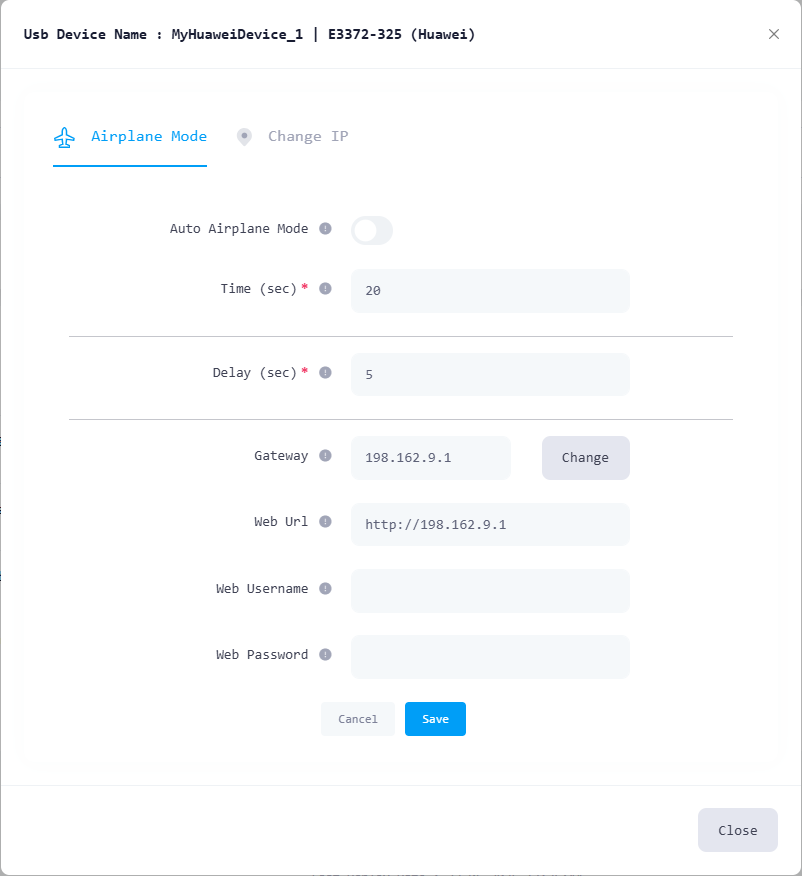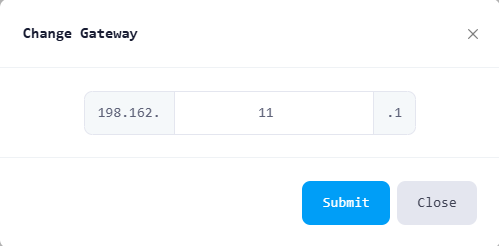How to Use Usb Devices for Proxies?
Step-by-Step Configuration
Step 1: Create and Configure Usb Device
To create and manage USB devices, go to My Usb Devices page.
Give your device a name and create it by selecting the correct model. If you think your model is not on the list, you can let us know here and we will do our best to add it as soon as possible.
Important Informations;
-When you add your device as Adb, you must enter your Adb Device Id information. (Adb Devices)
Step 2: Set AuthToken for Usb Device Usage
To mark the AuthToken you created for the Localtonet application with which you will associate your Usb devices for Usb Device use, you must change the following setting on the My Tokens page.
Step 3: Create Proxy for Usb Device Usage
When you select the AuthToken you have set for your Usb Devices while creating a Proxy from the Proxy Server page, you will be presented with a list of your Usb Devices and when you make a selection and create it, your Proxy will now be associated with the relevant Usb Device.
About USB Device Settings
You can manage the Usb Device settings by clicking the Setting icon in the Usb Device list. Here you can manage the Auto Airplane Mode, IP Change Link, device gateway and URL access information.
Each USB device installed on the same platform must have a different gateway. For this, you can make this change in commonly used models such as Huawei and ZTE as follows.
Since many home routers reserve low label values (e.g., 0 or 1) for internal use, we recommend selecting labels in the range 11–254 to avoid addressing conflicts and ensure compatibility. Examples;
198.162.11.1
198.162.12.1
198.162.13.1


